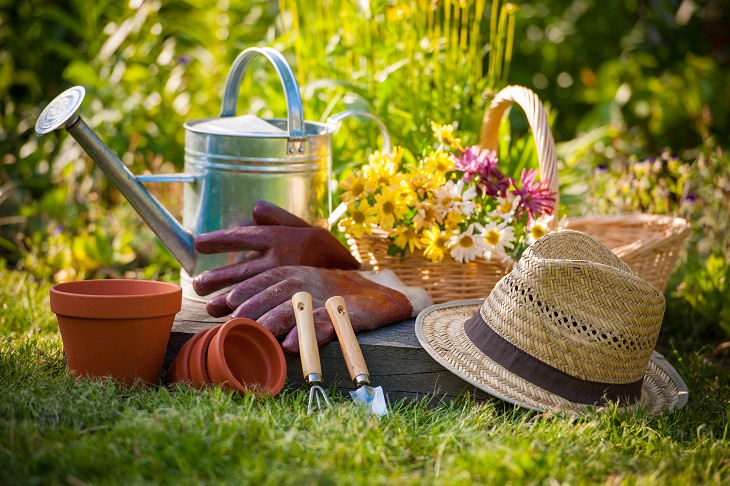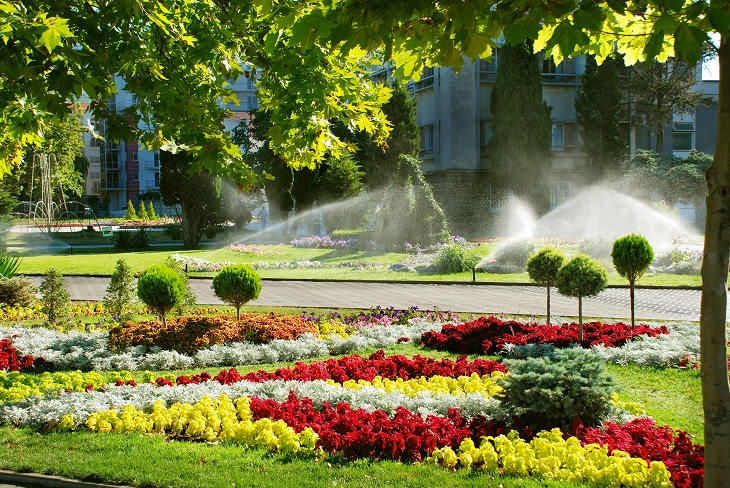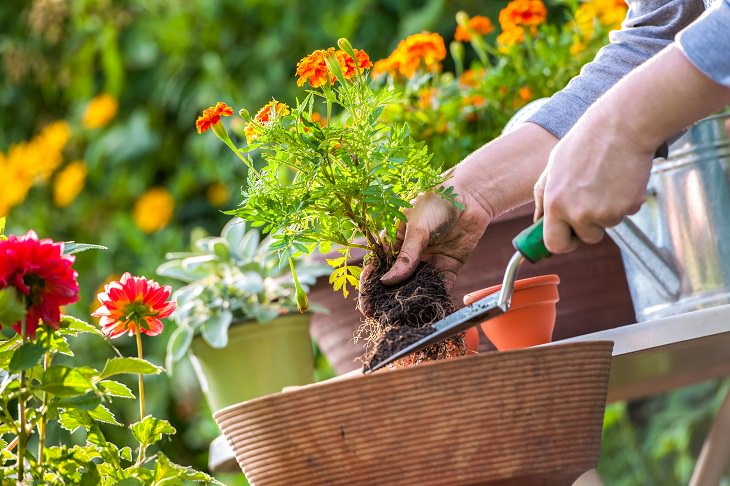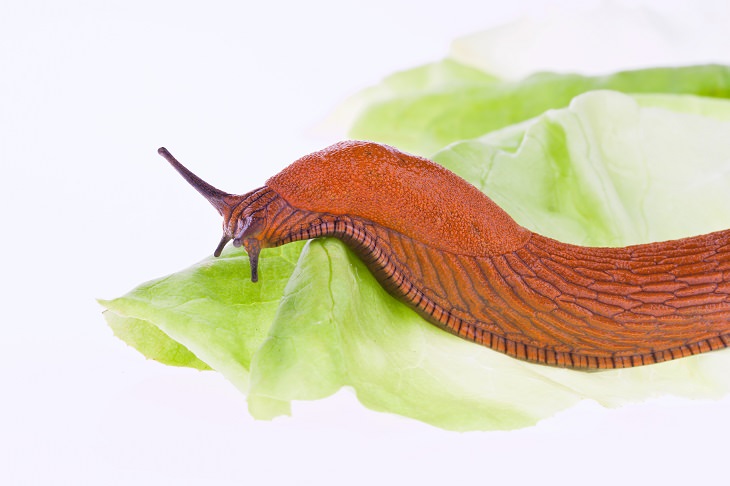

1. Thinking Too Big
You may want to plant all your vegetables and fruits right now so that you can eventually stop buying them in the store. However, if you decide to cultivate everything at once without any experience, you might be setting yourself up for a big fall.
To avoid confusion, such as when to water which plants, and where to plant them, start by thinking small. Choose one vegetable or fruit to begin with and stick to it. Your garden will enjoy the attention and love, and you’ll feel more confident and satisfied. Once you’ve mastered one plant, start moving on to more, but be sure to plant seasonally.
2. Not Preparing the Soil for Planting
If the earth you want to use is infertile, your plants will never thrive. Preparing the soil must be done before you begin the planting process, because once the seeds have started to root, any changes to the soil may cause them to die.
The best time to add compost or manure to your garden is in the spring when the ground is not too muddy. Most plants need about a 6 to 10 inch (15-20 cm) deep soil to root well. If you plan on growing root vegetables (e.g. carrots or potatoes), dig deeper – one foot (30 cm) should be enough.
3. Not Knowing Which Plants “Play Nice” with Others
Certain plants, when planted in tandem, can be very beneficial for each other by deterring pests, protecting each other from the weather, improving soil fertilization, and so on. In other cases, some plants simply don’t play well together and should not be planted in close proximity. Potatoes do particularly well next to cilantro, beans, corn, or cabbage, but wreak havoc on pumpkins, squashes, cucumbers, and tomatoes.

5. Over / Under Fertilizing
Using too much, too little, or no fertilizer at all will result in sickly, slow-growing plants. Most plants need nitrogen, and a good fertilizer will help them grow big, which is something you’d want for veggies like lettuce and cabbage. However, if you give them too much nitrogen, their growth will be so intense that they’ll take longer to be ready for eating. With root vegetables, you’ll get overgrown tops with small roots. A good rule of thumb is a 50/50 ratio of fertilizer to soil.
6. Over / Under Watering
Just like people, plants need water for their metabolism and growth, but different plants need different amounts of water. Too little can result in wilting and dying, and too much can kill the plant by rotting the roots. Once the roots are damaged, the plant is done for. Most plants need to be watered about 1-3 times a week. If you don’t water the ground enough, water won’t seep down to the roots and the plant will dry out, or grow roots closer to the top soil, which will force them to compete with each other.
7. Planting Too Close to Other Plants
If your seeds are too close to each other, they will compete for resources, which means weaker and smaller plants. Read the instructions on the seed packet to know what the recommended planting distance is and try not to stray from it. Remember: not all seeds will sprout, and not all plants will mature, so if you see that some plants are too close together – uproot them.

When it comes to seeds, the bigger the seed – the deeper it should be planted. However, planting a seed too deep in the ground will prevent it from growing because it will not get enough sunlight when it needs it. If the seeds are too close to the surface, it can cause them to dry out and wilt, or culminate into a plant that cannot stand straight because its roots aren’t strong enough.
Some types of seeds (like lettuce) prefer to be planted closer to the top of the soil in order to get sunlight to trigger their growth. Since every plant has its own “rules”, read up on it before you plant it in your garden.
9. Allowing Weeds to Grow Freely
Weeds compete with your plants for resources, so they should be uprooted as soon as possible. Furthermore, the weeds' roots can intertwine with your plants’ and uprooting them then may damage your plants’ roots. Try and stay on top of the weed situation in your garden.
10. Forgetting the Weather
Some plants prefer one type of climate over others. When you’re choosing the plants you want for your garden, make sure that they are suited to the local weather and the time of year. Some vegetables (such as corn, beans, cucumber) prefer warmer soil, and should be planted in the late spring, while broccoli, kale, and leeks prefer to be planted in the winter.
If your winters are particularly windy, you can cut a milk bottle in half and use it to cover young plants. During the summer, it’s better to water your plants in the early morning or early evening, because, during midday, the intense sunlight can reflect from the water and damage your plants.

No matter where you are in your garden, there are creatures that are just dying for you to disappear so they can start feasting on your plants. These include insects, rodents, and birds. If you don’t want to use pesticides, consider using a scarecrow, or hanging old CDs on strings so that they’ll blind and scare away unwanted pests.
Another effective deterrent for pests is spearmint oil – soak cotton balls in it and place them around the garden. The powerful scent messes with rodents’ sense of smell and ants hate it too. If your problem is slugs, sprinkle some salt around your plants.
If you’ve got insect problems (such as aphids), get a spray bottle and fill it with water and a tiny bit of dish soap, then spray your plants once a week. The solution kills any insects that are already on the plant, and deters others from trying to eat it (just remember to wash your veggies before you eat them.)
Know any other common gardening mistakes? Let us know!
Want even more gardening posts? Try these:
Test The Health of Your Garden with These Tips
A Fantastic Vegetable Growing Cheat Sheet
25 Ideas How to Recycle Old Furniture
10 Best Evergreen Ground Cover Plants